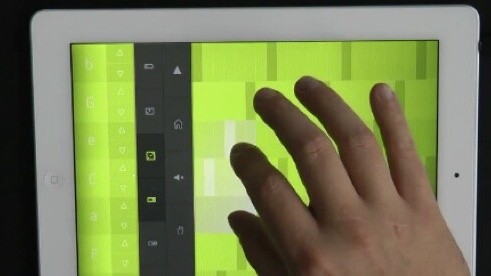
Right now there is something very interesting happening in the world of mobile music production and it’s essentially a development that’s going to radically change the way mobile devices are used to create and perform music in the future.
It’s undeniable that the iPad has taken its place as a serious device for music making and performance since its release last year, with several major audio technology companies such as Korg, IK Multimedia and recently Native Instruments developing applications and hardware for the device, as well the iPhone and iPod touch.
These apps, alongside ones brought to iOS by lesser known developers have on the whole been very well received and have proved in many cases to be very useful tools for studio production and live performance. However, until recently the ability to use them alongside, or to control, one another has been somewhat absent.
Recently however, and thanks to the work of several of the smaller developers of iOS music apps, this has dramatically changed due to the introduction of what has become know as ‘Virtual MIDI’ – essentially the ability to link the apps together and allow them to control one another much in the way that a normal MIDI controller might control a software synth on a PC or Mac.
The primary benefit of this is that software such as SoundPrism or Polychord, which allow you to ‘play’ the iPad using innovative new touchscreen interfaces and control sounds using movement, can be used to control some of the wonderful iOS synth apps such as Nlog or Sunrizer – as demonstrated in the video below.
One of the truly interesting factors about the development of Virtual MIDI is that it echoes the introduction of MIDI itself thirty years ago. Back then, music technology companies worked together to develop a solution for musicians much in the way that this new group, namely the Open Music App Collaboration are now. Rolf Wöhrmann, creator of Nlog and one of the developers who is driving this evolution in mobile music forward, has even put together a manifesto to detail best practice when working with Virtual MIDI.
I’ve no doubt that as Virtual MIDI evolves (and mobile devices get more processing power) we’ll see increasing collaboration between developers, and exciting new features in their iOS apps as a result. Hopefully this will extend to other mobile platforms too, especially since working together developers stand a better chance of overcoming the current limitations of these platforms when it comes to apps for creating music.
Get the TNW newsletter
Get the most important tech news in your inbox each week.
